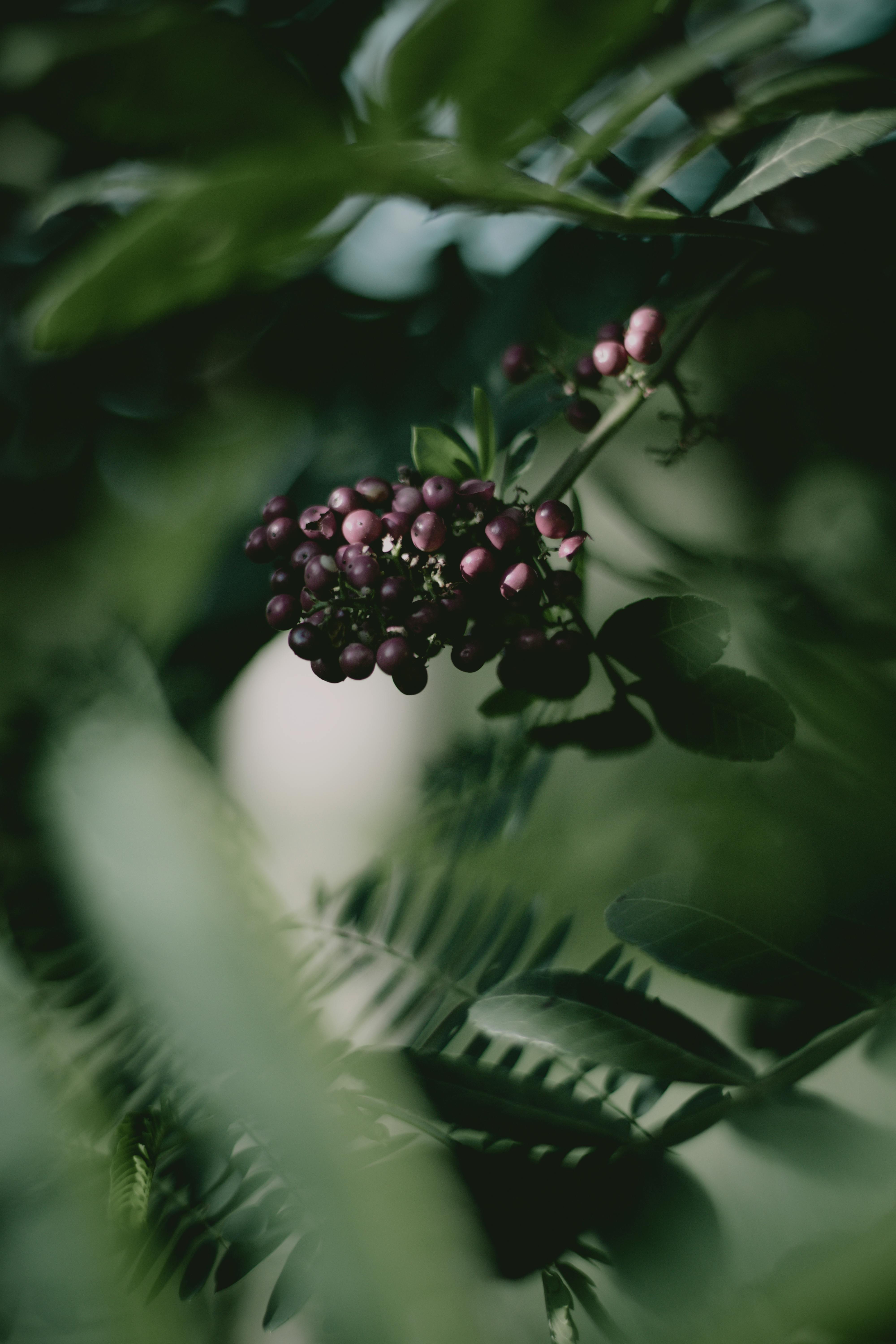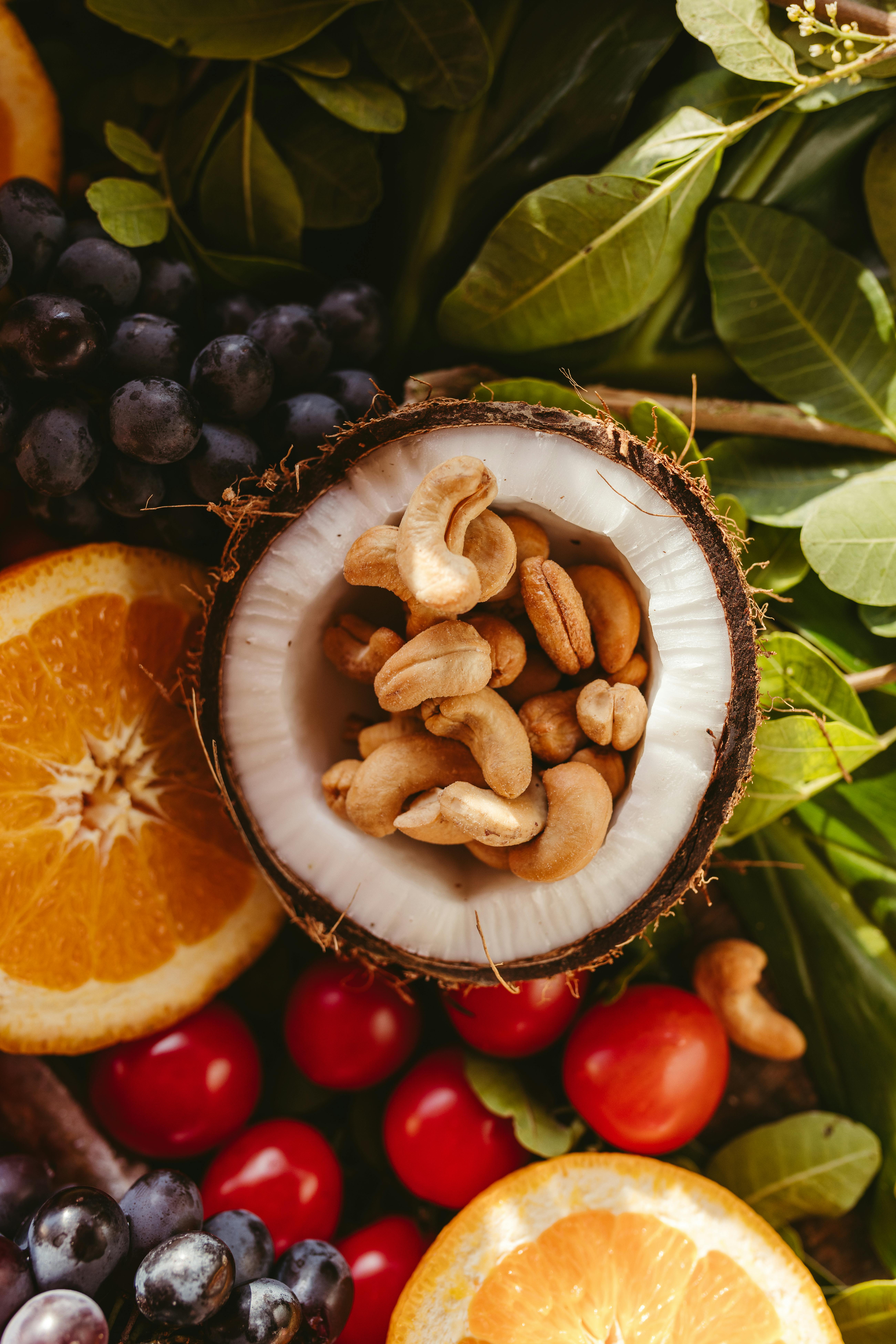Potatoes and Six Other Foods that Can Be Secretly Dangerous

A lot of our favorite foods can be super dangerous if you don’t prepare them right. No, I’m not talking about “be careful not to undercook your meat!” Everyone knows that. And also no, I’m not talking about fugu (aka puffer fish), which by law in Japan, may only be prepared by trained and certified chefs or else the toxins might kill you.
I’m talking about normal, everyday foods that if not handled properly, can cause some serious problems.
The good news is that due to standard food safety laws, you don’t need to worry about most of what’s following. However, if you practice food storage (you should) or if you like to forage like me, you should be well aware of some of what I’m about to say. Let’s get into it.
Rhubarb

This is the food that inspired this article. Back when I wrote this article, I mentioned that my cajun friend likes to use rhubarb in his collard greens. An awesome Cook’n user reached out and reminded me that if you’re not careful, rhubarb is actually quite toxic! So thanks for the reminder! Here is a quick warning:
The leaves of a rhubarb plant, put simply, cause some pretty serious inflammation in your mouth and throat. This leads to swelling, tenderness and blisters. It can make it hard to talk. It’ll probably cause diarrhea and stomach cramping. In extreme cases it can cause kidney failure. Deaths from rhubarb poisoning have been reported, but it’s super rare.
Now with all that being said, the good news is if people want to cook with rhubarb, they'll generally be fine as long as they're purchasing from a trusted source (my local Smith's sells rhubarb). Rhubarb leaves are indeed toxic and can cause serious problems, but rhubarb stalks are edible and are used in a wide variety of dishes. Many grocers remove the leaves before sale, but not all.
So next time you're buying rhubarb, just make sure you’ve cut off the leaves and are only cooking with the stalks. Pretty simple!
Rice

In general, rice is perfectly safe—just remember to store it in a cool, dry environment. If you leave it in a damp, moist, or muggy place, it’ll start to develop its favorite bacteria: bacillus cereus.
This bacteria isn’t exactly deadly to a healthy person, but food poisoning still isn’t fun at all. That’s why for me, I store rice carefully in an airtight container, and I make sure to use it up quickly whenever I have leftovers. If leftover rice seems like it’s getting old, I throw it out without question. This is one of those things where I’d rather be on the safe side.
Elderberries

Okay, not everyone is going foraging for elderberries this weekend, but it’s still worth mentioning: you have to cook your elderberries. These aren’t raspberries or blueberries. There’s a reason you never see them in the produce section. Why? They produce cyanide!
How can you eat elderberries without some serious risks? Cook them. Or buy them pre-prepared.
Cashews

This is another of those things that I’m not really concerned about. Just like elderberries, the real danger here is raw cashews. Raw cashews contain the same toxin found in poison ivy. Fun, right? In order to be safe to eat, cashews have to be properly cooked. That’s why cashews are always roasted and taste very nutty.
If you ever want to get fancy and make your own granola that needs fresh cashews… just make sure you cook them thoroughly.
Kidney Beans

This is the last “okay, that’s neat but no one's gonna have a problem with that” food on the list. Kidney beans are just like cashews and elderberries. However, this one is more of a risk than the other two foods, because people actually do buy raw kidney beans all the time.
Here’s the quick of it: cook your kidney beans thoroughly or you will be severely punished. More than any other bean, kidney beans are prone to cause severe gastrointestinal distress. The solution is to cook them for enough time to let those toxins break down.
Potatoes

Potatoes can be a bit of a risk for people super into food storage or gardening. Basically, the potatoes themselves are perfectly fine, but as potatoes age they start growing sprouts. Those sprouts develop harmful compounds that can lead to poisoning if consumed in large amounts.
I almost wouldn’t have even mentioned this because when those sprouts grow, the potato starts to look like an eldritch abomination conjured by only your worst nightmares. However, I once almost ate these myself!
First off, if you calm down, the sprouts look like food. Second off, I’m obsessed with food science and wondered what would happen with the water content of the potatoes if I wanted until they were nice and sprouty before cooking them. I’m glad I checked!
High-Temperature Plant Oils

This is the last one, and it’s actually a huge deal because tons of us ingest the stuff every day. In fact, I’ve already written an article about it that I encourage you to read!
Simply put, plant oils (i.e. vegetable oil, canola oil, sunflower oil, soybean oil, olive oil) have a very weak molecular structure. This structure breaks down when exposed to high heat, creating new molecules called free radicals. Free radicals are cancerous and cause tons of other problems.
If you want to improve your diet but don’t want to go on a diet or stop eating candy or anything like that, try just cutting out fried foods for a week and see what happens. That’s right, no french fries unless you make them yourself.
Well there you have it. Food is delicious unless it can kill you. Words of wisdom right there.
 Matthew Christensen
Matthew Christensen
Weekly Newsletter Contributor since 2023
Email the author! matthew@dvo.com
